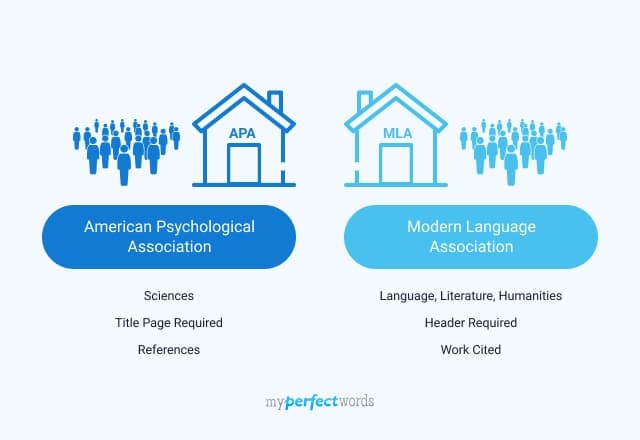
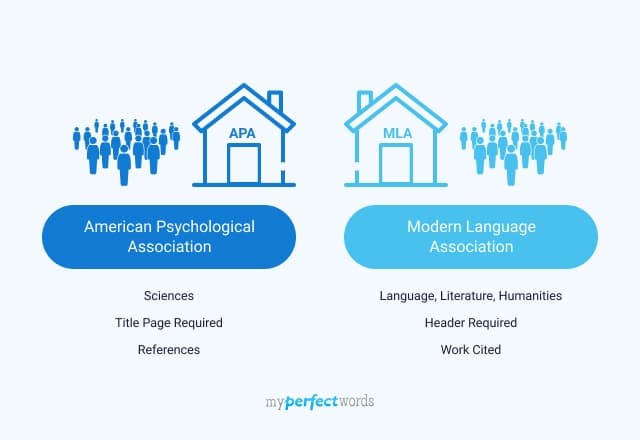
Are you a student navigating the challenges of academic writing? Do you find yourself baffled by the intricacies of citation and formatting styles? You're not alone.
Many students find citing sources confusing, especially with the commonly used styles like APA and MLA.
In this comprehensive guide, we will explore the differences between APA and MLA citation and formatting styles. We will break down the guidelines, compare them, and provide you with the clarity you need to choose the right style for your paper.
Now, let's get started on this journey to understand the distinctions that will make your academic life easier.
On This Page![]()
- 1. APA vs MLA: Which Citation Style Should I Use and Why?
- 2. In-Text Citations in APA vs. MLA
- 3. APA Reference List vs. MLA Works Cited List
- 4. APA vs. MLA Paper Formatting
- 5. Similarities Between APA and MLA
APA vs MLA: Which Citation Style Should I Use and Why?
There are different citation styles and choosing the appropriate one, be it APA or MLA, is an important decision. When to use APA vs MLA depends on your field, target publication, and research nature.
APA (American Psychological Association) and MLA (Modern Language Association) serve different purposes and are preferred in distinct academic domains.
- APA is used in the social sciences, education, and business, emphasizing clarity and precision in research communication. It employs an author-date in-text citation system and a structured references page to ensure consistency, it is currently in its 7th edition.
- MLA is primarily used in humanities, literature, and arts, focusing on a reader-friendly format. MLA uses an author-page in-text citation system and a Works Cited page. It allows for more flexibility and acknowledges the fluidity of sources in these fields. The most recent edition is MLA 9th.
Your choice ultimately hinges on your academic discipline and the guidelines of your institution or publication.
In-Text Citations in APA vs. MLA
In-text citations serve as critical components of both APA and MLA citation styles, facilitating the acknowledgment of sources within the text. Both styles use parenthetical citations. However, they differ in how they structure and present these citations.
Below is a comparison of how APA and MLA incorporate in-text citations:
APA (American Psychological Association)
In APA format, in-text citations follow an author-date format. The author's last name and the year of publication are placed in parentheses within the text. The page number is included when quoting directly from a source.
- Paraphrased citation in APA: (Smith, 2020)
- Direct quote citation in APA: (Johnson, 2018, p. 45)
MLA (Modern Language Association)
MLA format employs an author-page format for in-text citations. Include the author's last name and the page number (if applicable) within the text, typically in parentheses.
- Paraphrased citation in MLA: (Smith)
- Direct quote citation in MLA: (Johnson 45)
Comparison of In-Text Citations for Number of Authors
Number of Authors | APA In-Text Citation Example | MLA In-Text Citation Example |
One Author | (Smith, 2020) | (Smith) |
Two Authors | (Brown & Johnson, 2019) | (Brown and Johnson 45) |
Three or More Authors | (Smith et al., 2018) | (Smith, Jones, and Davis 67) |
The key distinction lies in how multiple authors are cited. In APA, when there are three or more authors, the abbreviation "et al." is used after the first author's name. In contrast, MLA lists all authors' last names.
APA Reference List vs. MLA Works Cited List
The bibliography, created at the end of your paper ensures the proper documentation of all sources used. In APA style, this list is referred to as "References," while in MLA, it is termed "Works Cited."
Below, we dive into the specifics of how each style constructs these lists:
Component | APA Reference List | MLA Works Cited List |
Author Name | Last name, First and Middle initials (comma between multiple authors) (Smith, J.) | Last name, First name (comma between multiple authors) |
Capitalization of Source Title | Sentence-style capitalization (first word and proper nouns capitalized) (e.g., "The impact of climate change on biodiversity.") | Title-style capitalization (first letter of each major word capitalized) (e.g., "The Impact of Climate Change on Biodiversity.") |
Formatting of Titles | Titles are italicized (e.g., Environmental Science Journal) | Titles are italicized (e.g., Journal of Environmental Studies) |
Publication Date | In parentheses, followed by a period | After volume and issue number, followed by a comma |
Volume and Page Numbers | Volume in italics, issue number in parentheses, followed by page numbers | Volume and issue numbers labeled as "vol." and "no.," followed by page numbers |
DOI (if available) | "doi:" followed by the DOI (e.g., doi:10.12345/esj.2020.42.3.123) | Not included in the Works Cited list |
Let’s take a look at the sample reference list and work cited examples:
APA Reference List Example:

MLA Work Cited Example:

APA vs. MLA Paper Formatting
Both APA and MLA share these general formatting guidelines:
- Margins and Spacing: Maintain 1-inch margins on all sides and use double-spacing throughout the entire document.
- Font and Size: Use 12-point Times New Roman or Arial font.
- Page Numbers: Place page numbers in the top-right corner, one-half inch from the top edge, within the header.
Key differences between APA and MLA formats involve the title page, running head, and guidelines for block quotes.
Title Page and Header
APA requires a separate title page. This page includes vital information that sets the tone for your academic work.
In an APA title page, include the title, your name (matching in-text citations), and your institutional affiliation. A running head in the top-left corner (limited to 50 characters) serves as a header, while the page number aligns in the top-right corner.

In MLA, a separate cover page is optional. Instead, key information is integrated into the initial page of your document, creating a distinctive header.
The header is left-aligned and double-spaced. It should include your full name, your instructor's name, the course title or number, and the submission date. The paper's title is centered on a new line under the header.

Running Head in APA vs MLA
In APA, a running head is like a short title at the top of each page. It's on the right side and usually has a page number. If you're writing for a journal, it should also have a very short version of your paper's title on the left.
In MLA, the running head is simple. It's just your last name and the page number, both on the right side. This helps keep your pages organized and easy to find.
Block Quote Formatting in APA and MLA
Block quotes are used for long quotations. They're like standalone text blocks without quotation marks.
In APA, any quote of 40 words or more becomes a block quote. It's indented from the left, with no quotation marks, and the citation comes after.
The results of the study showed a significant improvement in participants' cognitive abilities. The researchers noted that
"the increase in cognitive function was most pronounced in the group that received the higher dosage of the medication"
(Smith & Johnson, 2020, p. 78).
In MLA, block quotes are for quotes longer than four lines of text (for prose) or three lines (for verse). Just like in APA, there are no quotation marks, the quote is indented, and the citation comes after.
The results of the study showed a significant improvement in participants' cognitive abilities. The researchers noted that
the increase in cognitive function was most pronounced in the group that received the higher dosage of the medication
(Smith & Johnson 78).
This formatting helps show that these are longer quotes, and the citation tells where they came from.
Footnotes and Endnotes in APA Vs MLA
In APA style, the use of footnotes and endnotes is uncommon. It places a strong emphasis on in-text citations and a references page. When used, APA suggests content footnotes.
In contrast, MLA utilizes footnotes and endnotes for explanatory or bibliographic notes. Footnotes appear at the bottom of the page, and endnotes are collected at the end of the document before the Works Cited page.
This flexibility allows MLA to provide additional context or cite sources not directly mentioned in the text.
Curious about exploring citation styles beyond the ordinary? Our blog posts on Chicago, Harvard style, and IEEE style citations provide comprehensive insights into these less common styles.
Similarities Between APA and MLA
While APA and MLA styles have distinct features, they also share important similarities. Understanding these commonalities can simplify the process of working with either style.
Aspect | APA Style and MLA Style |
In-text Citations | Both use parenthetical citations to attribute sources. |
References/Works Cited Page | Both have a separate page listing all sources cited. |
Page Numbering | Both require page numbers in the top-right corner. |
Font and Size | Both recommend 12-point Times New Roman or Arial font. |
To Sum it Up,
We've discussed the distinct features of APA and MLA styles, from their in-text citation systems to their formatting. Now you should be able to distinguish between APA and MLA styles with more clarity.
However, if you find citations difficult you can always take professional help.
MyPerfectsWords.com can assist with formatting your paper. You can buy APA research papers from our expert team, which is available 24/7.
Moreover, just tell us to do my essay online, and we'll get the job done!
Feel free to contact us to get help with custom academic writing. Get in touch with us today and make that connection!
Frequently Asked Questions
Do colleges want MLA or APA?
The short answer is that they use both. The format you are required to use depends on the college and courses you take.
Why is APA style needed?
APA Style is important for scholarly communication because it provides a clear, precise foundation that helps writers present their ideas in an inclusive manner.

Write Essay Within 60 Seconds!
Use our AI tool to generate high quality essayWRITTEN BY
Alexander P.
Harvard Law graduate. I write law essays with the precision and rigor expected at top law schools.
Keep reading
Different Citation Styles: Detailed Guide With Tips

MLA Formatting Simplified - Rules for Page Formatting, Citations, & References
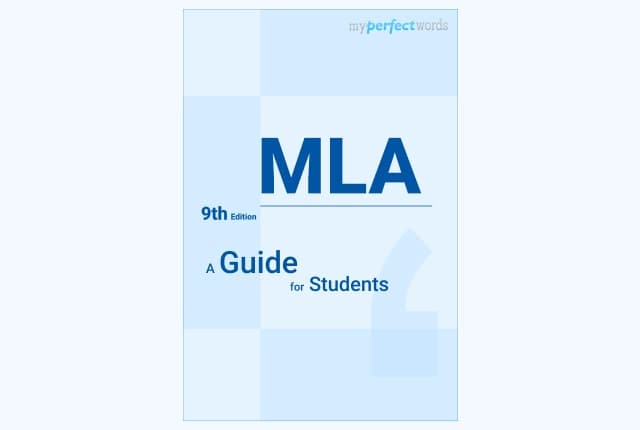
Understanding the APA Format: A Complete Guide with Examples

How to Cite in Chicago Style - Examples and Tips
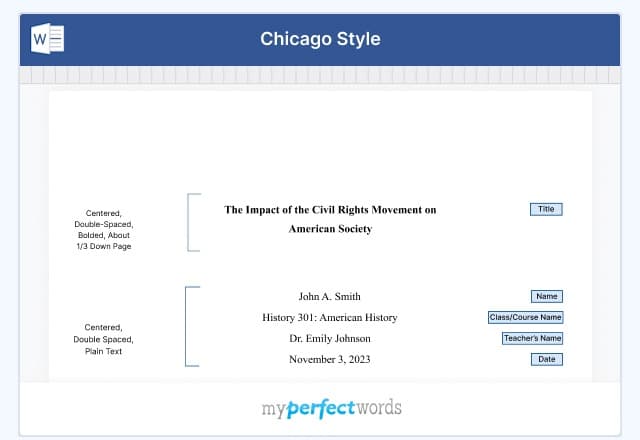
Learn IEEE Citation and Formatting With This Simple Guide

Mastering ASA Format: Guide to Proper Academic Writing
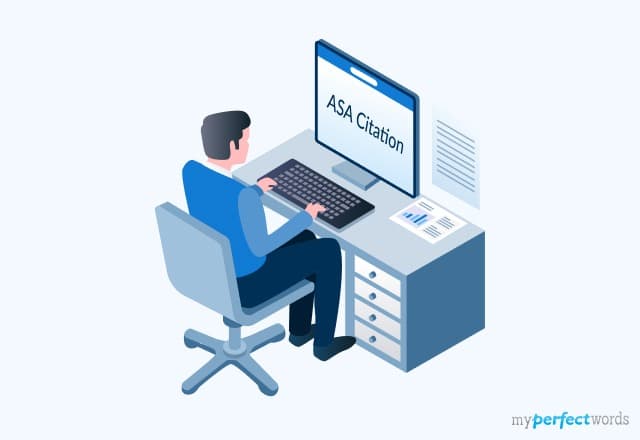
How to do Harvard Style Citation - Format, Citation and Samples
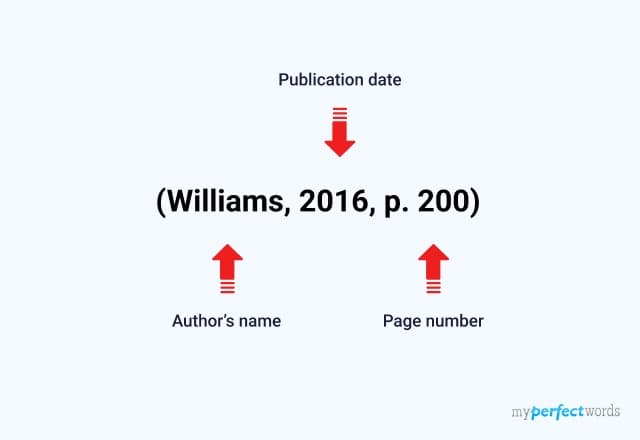
How to Cite in AMA Style - Formatting & Examples
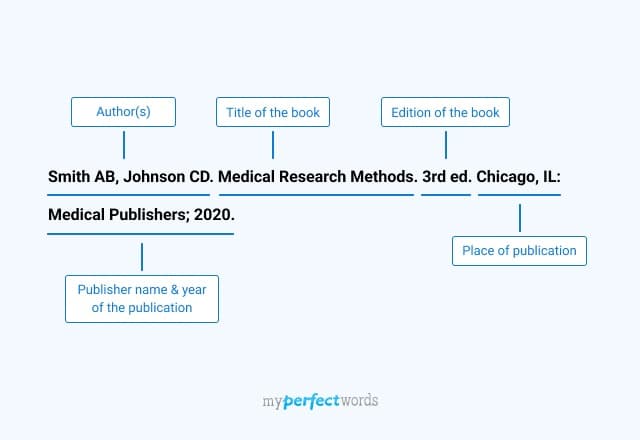
A Detailed ACS Citation Manual for Scientific Papers
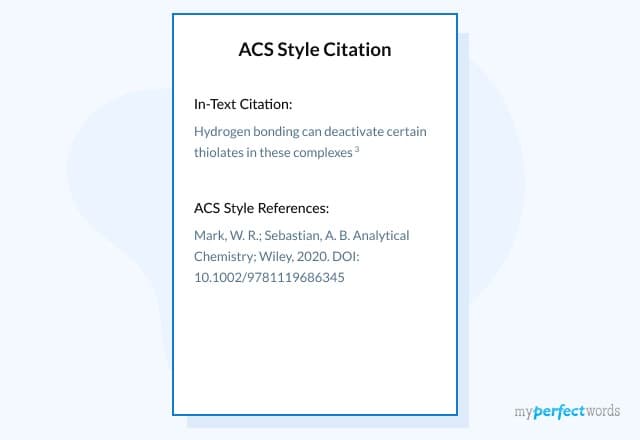
How to Master NLM Citation: A Detailed Guide With Tips
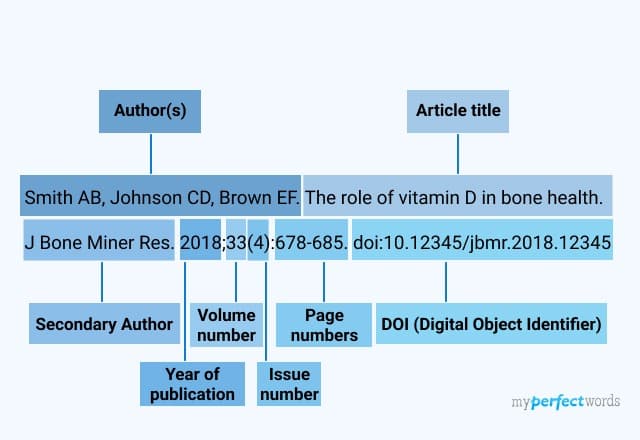
A Complete AAA Citation Guide with Examples
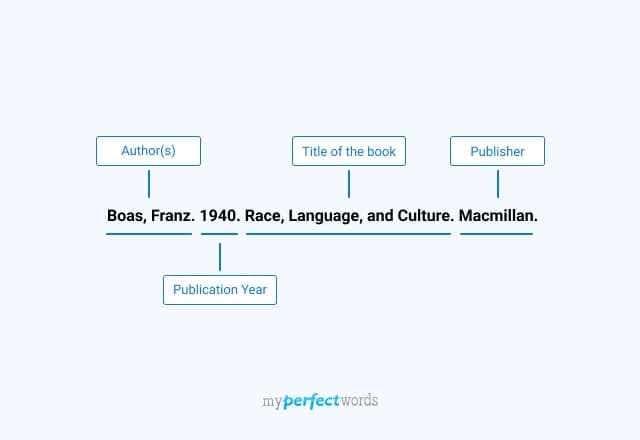
Simple APSA Citation and Formatting Guide for Students

How to Cite in Oxford Referencing Style - Complete Guide


